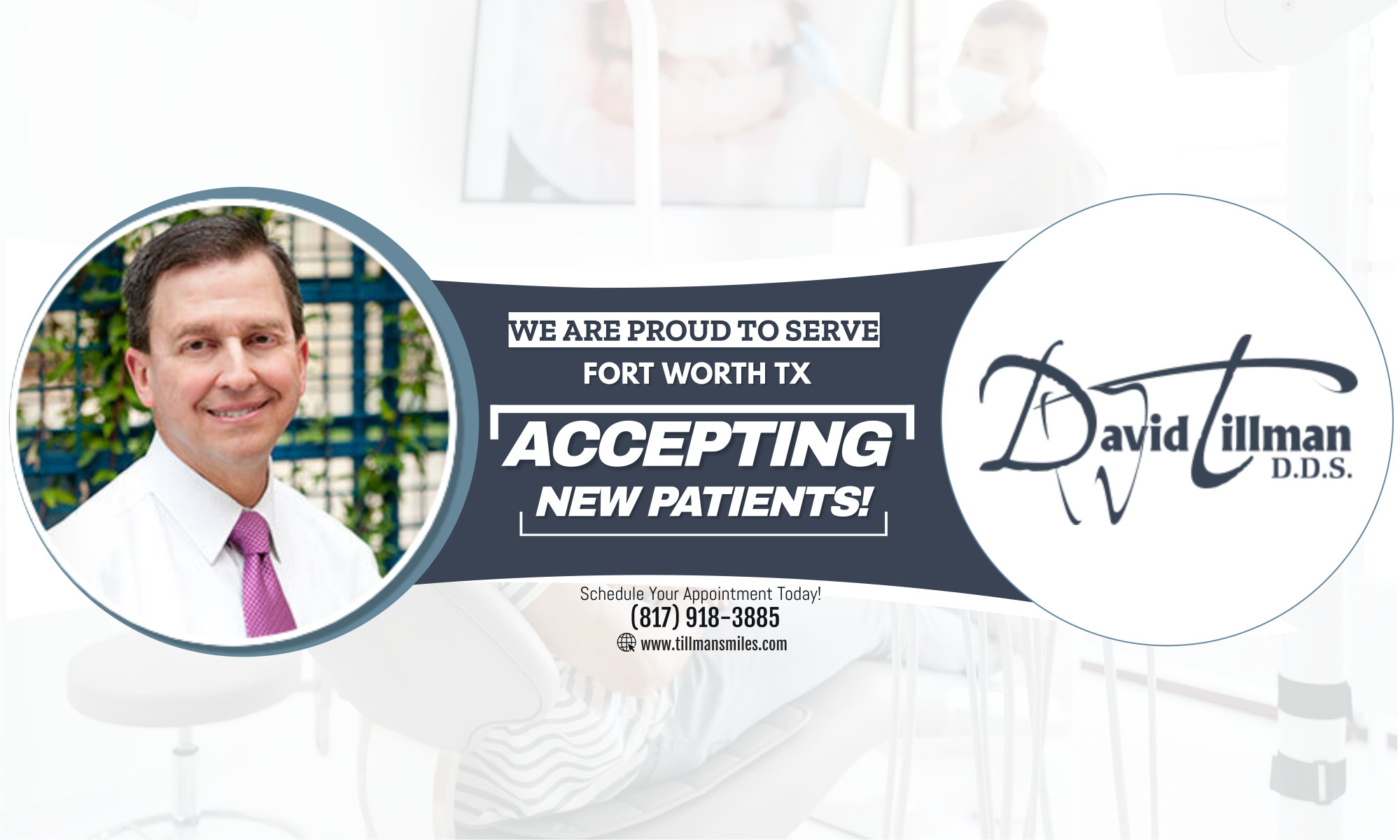To make sure you have the best smile possible, you may need a crown to cover a tooth and restore it to its normal shape and size.
A crown is a tooth-shaped “cap” that is placed over a tooth to restore its shape, size and strength, or to improve its appearance.
The reasons you may need a crown include:
– Protecting a weak tooth
– Holding together parts of a cracked tooth
– Restoring an already broken tooth
– Supporting a tooth with a large filling when there isn’t a lot of tooth left
– Attaching a dental bridge
– Covering badly-shaped or severely discolored teeth
– Cover a dental implant
If your dentist recommends a crown, it’s probably to correct one of these conditions.
Your dentist’s primary concern, like yours, is helping you keep your teeth healthy and your smile bright.
